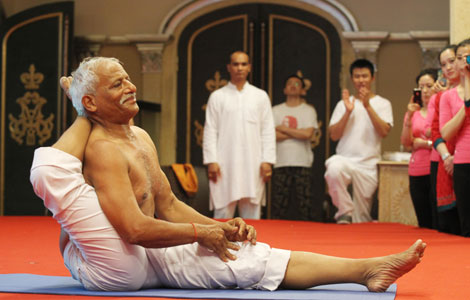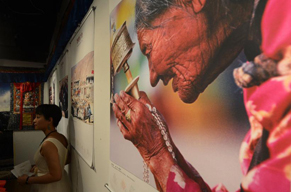

 |
|
Liyuan Library in Huairou district of Beijing [Photo by Cui Meng/China Daily] |
"The reason I went to Singapore was because my mind was messed up with what I learned in China and the Netherlands. I couldn’t figure out what I was looking for," Li says.
During the years in Singapore, Li did his research and found the answer.
Singapore went through a post-colonial period when all the iconic buildings were designed by Western architects, until people started to realize that the foreign architects were doing projects in Singapore that were the same as they do elsewhere.
"Architecture is the best way to present a people physically and visually. These buildings have nothing to do with Singapore. They don't belong there," Li says.
As Singaporeans started to ask questions about their identity and what Singaporean architecture should be, the country found its solution by addressing its tropical and multinational character. And so did Li.
"There I learned how to evolve from the periphery to the center, to think independently and to address the issue of the locale," Li says.
Li came back to China in 2003, two years after the country announced it would host the 2008 Olympics, which brought a lot of opportunities for both domestic and foreign architects.
Related stories:
For more Eco-China, here
|
|
|
| Sticking up for sustainability |



